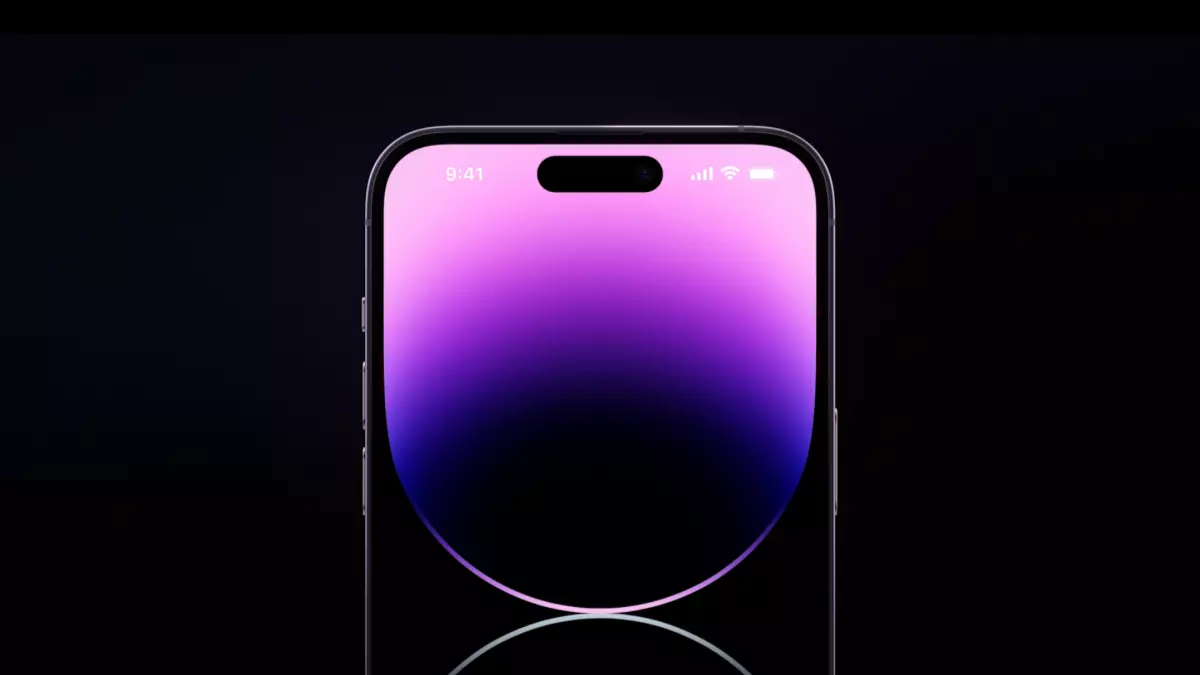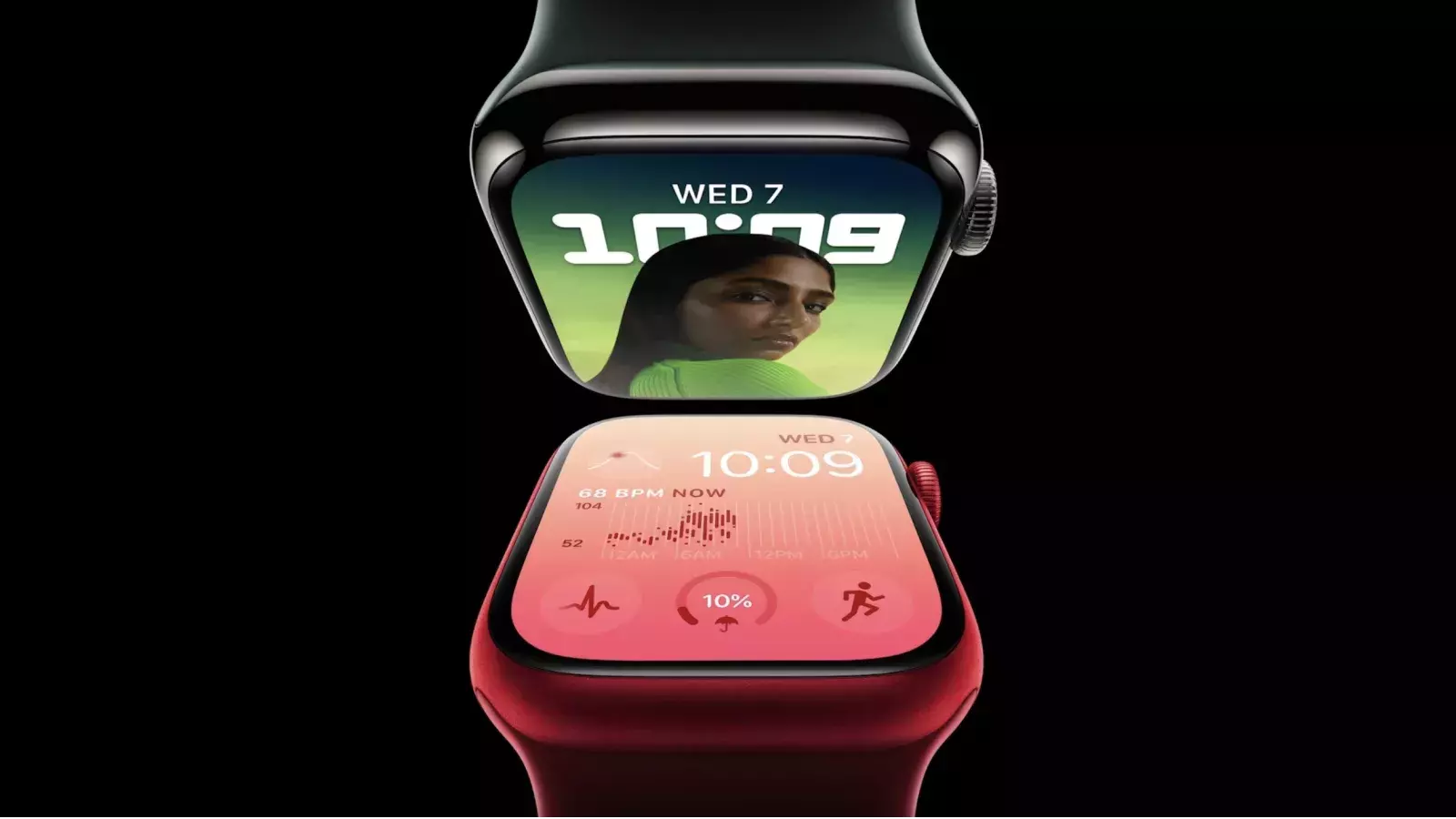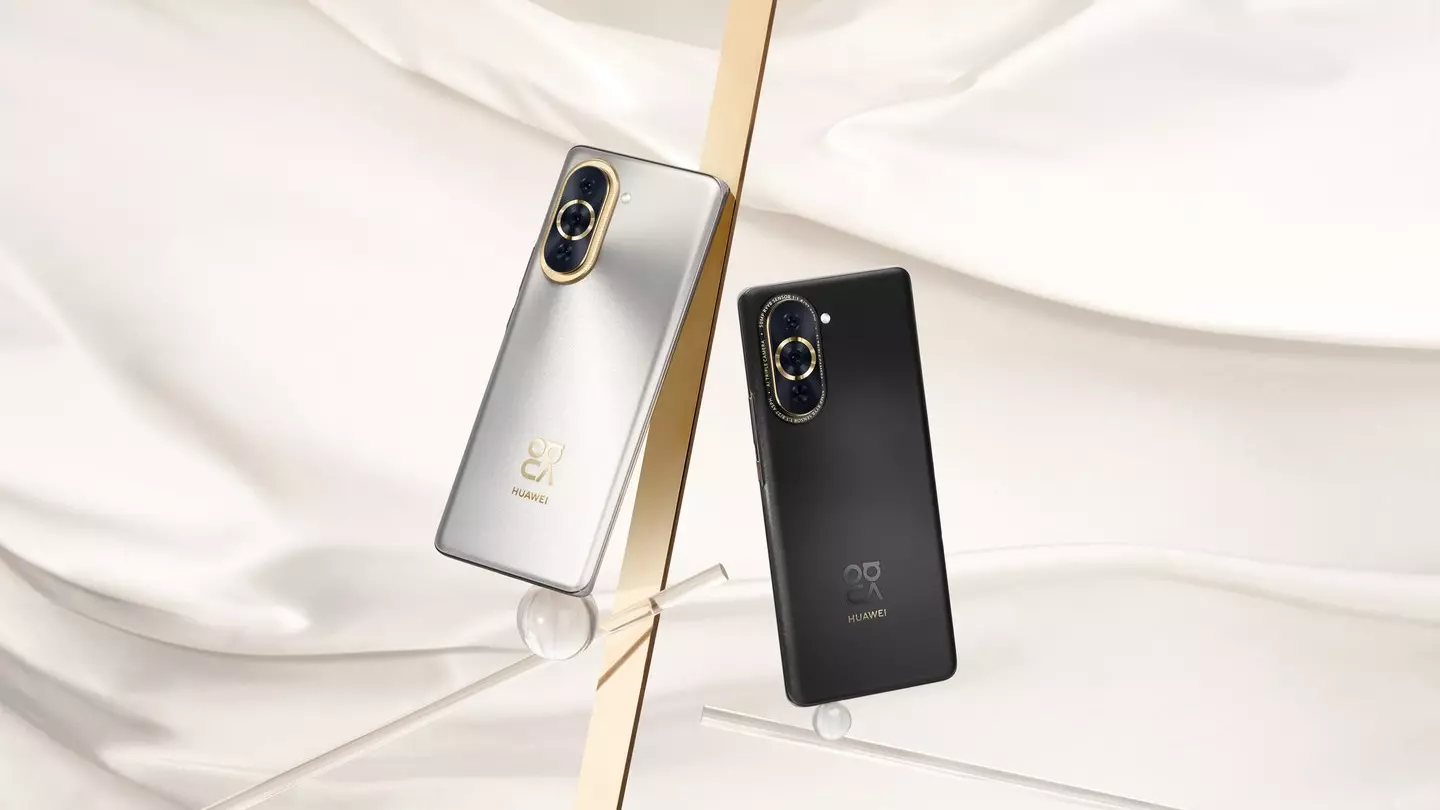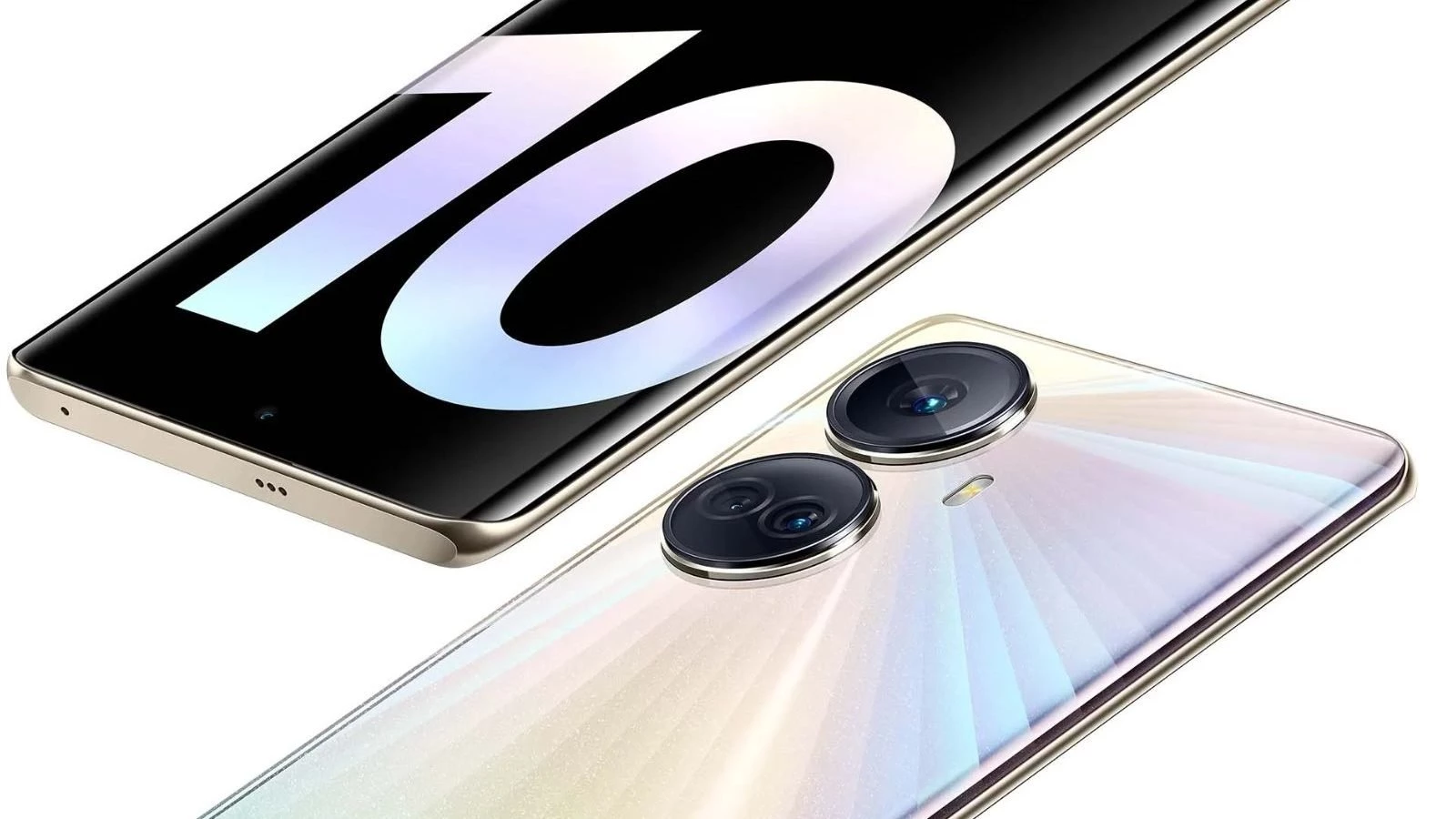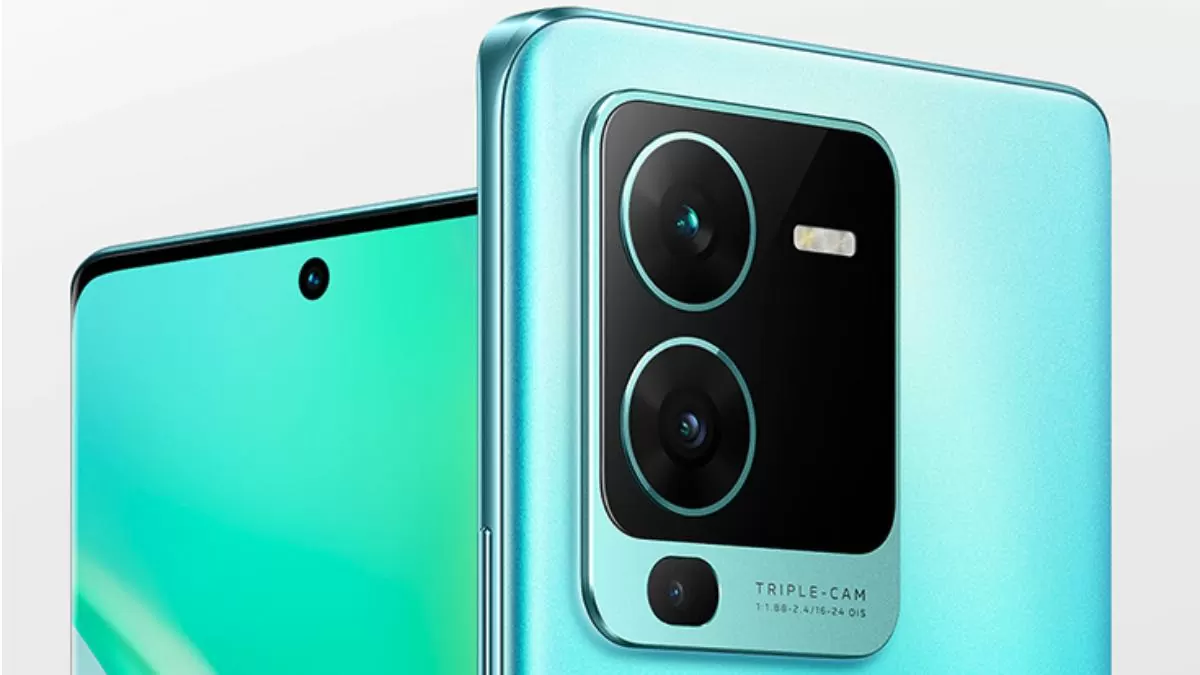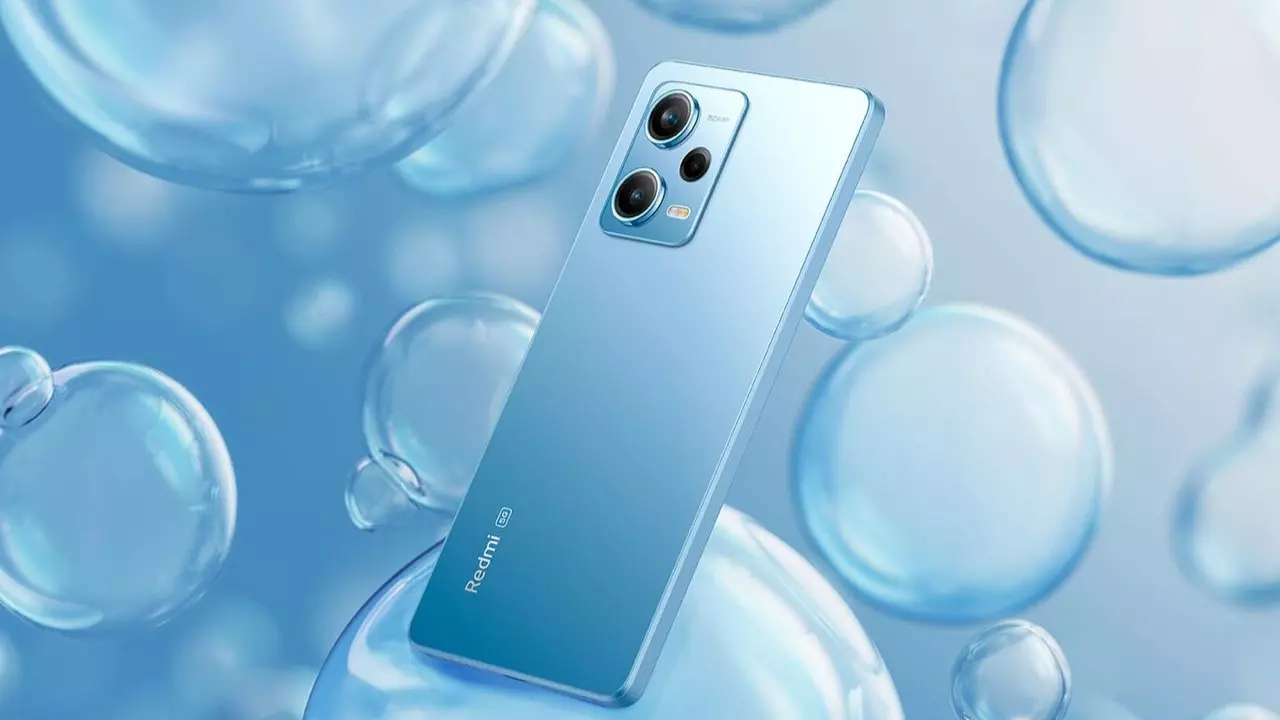Huawei Mate 50 Pro Review
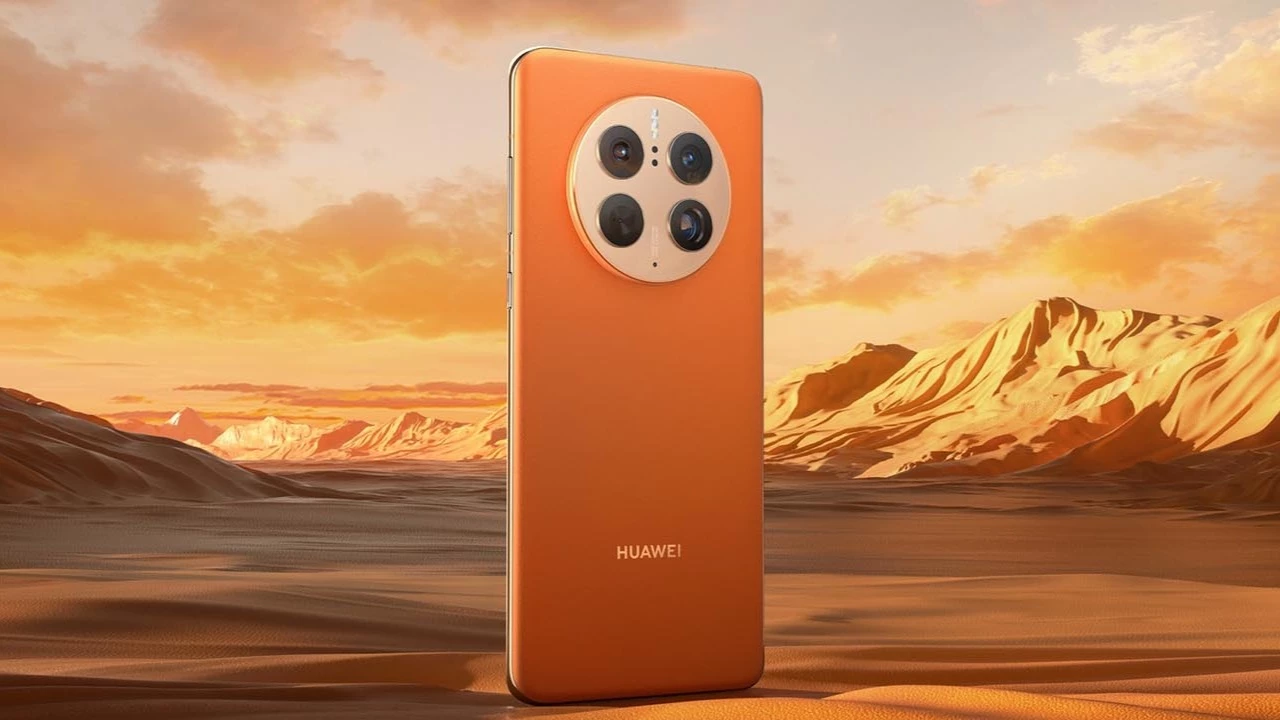
Content
Design, ergonomics, and software
Actually, speaking about the difference between Huawei P50 Pro and Huawei Mate 50 Pro, I was still a little cunning – yes, the flagship of the P-series cannot be called small, but its screen is still smaller diagonal, albeit slightly. Mate received a display with a diagonal of 6.74 inches versus 6.6 inches for the P50 Pro. So, it retains the position of a larger Huawei gadget in the upper price segment. At the same time, it has become even slightly smaller than the Huawei Mate 40 Pro, with its 6.76-inch display.
Accordingly, the device itself is now a little smaller, thinner and lighter, but it’s not worth talking about it seriously – the gadget is still big. This is a smartphone for those who are willing to sacrifice convenience for a large screen. Of course, dimensions are far from the main thing in the new Huawei flagship. Design is more interesting. However, in front, everything is more or less the same.
Because of, that the company placed in the front surface not only the front camera, but also a full-fledged Face ID system in the manner used in the iPhone, it did not work out to limit itself to a miniature hole for the front camera. There is an impressive size right under the top edge, where, in addition to the mentioned elements, there is also a conversational speaker. At the same time, the screen is curved, and the “chin” is almost absent, there are actually no frames – the display occupies an impressive 91.3% of the front panel.  Design:
Design:
- Camera unit. The back of the smartphone is already quite original. The camera block is made in the form of a circle, the glasses of which are much larger than the actual lenses. The fourth glass generally has a decorative function – there are only three cameras, but the designers did not make three glasses, deciding that it will destroy the harmony.
- Rear panel. The rear panel is covered either by glass (in silver and black versions) or leather-look material (in orange). The “leather” Huawei Mate 50 Pro weighs a little more, but it received the special Huawei Kunlun Glass. This version looks much more spectacular, and, just as important, it feels nicer in the hand. The silvery Mate makes a slightly strange impression for a flagship – as if you are holding not a glass gadget, but a plastic one. The “leather” does not have such a problem. Orange “leather” and silver and black glass versions are available in the USA. I also note the presence of a transparent silicone case in the kit, which is a rarity for a flagship.
- Waterproof. The case is waterproof to IP68, and the version with Huawei Kunlun Glass should be especially shock resistant. But the corners of the screen are not reinforced in any way – I suspect that this stability will largely depend on your luck. But falling flat glass, which covers the front panel of the smartphone, should withstand without consequences.
- Buttons. The functional elements are familiar: both physical keys (power and volume control) are on the right edge, there is no mini-jack, but there is an IR port (on the top edge).
- Fingerprint scanner. The fingerprint scanner in Huawei Mate 50 Pro is located within the screen. An optical sensor is used, not that very fast (capacitive ones still work more efficiently), but very stable – there were practically no cases of failure during the two-week testing. The only complaint against him is because of the location: he is too close to the bottom edge of the smartphone and, as a result, forces you to slightly intercept the gadget in your hand, which is not very convenient and a little dangerous. There is also a duplicate user identification system using face recognition, and this is a full-fledged Face ID that builds a 3D a model of the head, and not just a front camera that recognizes a “flat” portrait, as on most Android smartphones. Yes, that they're on the majority, almost on all. This method is even faster than a fingerprint scanner, and at the same time very reliable.
 Features:
Features:
- Harmony OS 3.0. Huawei Mate 50 Pro runs on EMUI 13 operating system/shell. I write this with a slash because Huawei still relies on Android at the core of its smartphones going global. The core of the brand's Chinese smartphones is already different – and there the OS is called Harmony OS 3.0. At the same time, the user experience is the same for EMUI, which seems to be just a shell for the open version of “android”, and for Harmony OS, which seems to be a complete operating system.
- Smartphone operation. We talked a lot about how Huawei smartphones work today – you can refer to the review of the spring flagship Huawei P50 Pro, or to the material about the penultimate smartphone of the company that we tested, Huawei nova 10 SE. The thirteenth version of EMUI brings a minimum of new: the same interface, but with more customization options and an emphasis on convenient “large folders”, quick access to content in applications directly on the icons of these applications on the desktop, more convenient content sharing through the Super Hub section, updated safety system. As before, Google services are not available, but literally every week this problem becomes less noticeable – for example, the YT service has recently been added to AppGallery, replacing, in fact, the official YouTube application. Some applications and games are still unavailable and will not work even if they are downloaded as APK – files through the built-in search engine, Petal Search, but there are not so many of them anymore. So, there are still inconveniences, but already quite tolerable.
Display and Sound
Huawei Mate 50 Pro has a 6.74-inch curved OLED display with a resolution of, 2616 × 1212 pixels. The pixel density is 428 ppi. The fact that Huawei finally broke through the Full-HD blockade on its flagship smartphones and began to equip them with screens with a clearer picture is definitely good.  Details:
Details:
- Display refresh rate. The screen works with a maximum refresh rate of 120 Hz – the default is set to “dynamic” frequency, when the smartphone decides for itself whether to use the maximum hertz or to limit itself to the standard sixty hertz. Information is perceived – primarily when scrolling and swiping – very cool. Using 60 Hz smartphones after 120 Hz ones is not only impossible, but unpleasant. It's all right here. The rest of the display parameters are quite familiar: a classic “sandwich”, with a high-quality oleo phobic coating, viewing angles are free. Like on the Huawei P50 Pro, the PWM is not too noticeable, at low brightness values the flicker is imperceptible.
- Brightness. The measured brightness limit without software enhancement during auto-tuning is 571 cd/m2. Very high rate, which still grows when using the Huawei Mate 50 Pro in the sun – the Huawei device artificially restrains the peak in normal conditions to save the battery. And we always take measurements in the dim artificial light of incandescent lamps.
- Settings. A set of screen settings, except for the refresh rate indicated above, typical for a smartphone with EMUI: adjustable level of UV filtering when color temperature is lowered, font and image scale adjustment, resolution adjustment, dark/light interface format. I note the lack of auto-color tone adjustment depending on the lighting. You can choose a color reproduction between “normal” and “bright” – with the ability to adjust the color temperature yourself. By default, the display works with normal colors. I measured the display performance of Huawei Mate 50 Pro in both modes.
- Rendering colors. Normal rendering mode adjusts the screen to match the color gamut of the current image — in the case of our test patterns, this is sRGB. The Huawei Mate 50 Pro display does this successfully – the color gamut corresponds to this standard almost exactly. The average gamma is perfect (2.22), like the curves, the color temperature is also a reference (keeps exactly at 6,500 K across the entire spectrum), the average DeltaE deviation for the extended Color Checker palette (shades of gray + a wide range of color shades) is close to the limit of the norm – 3.15.
- Maximum brightness. In bright mode, the Huawei Mate 50 Pro screen behaves completely differently: the color space is expanded, but does not reach the DCI-P3 standard, the gamma is below the norm (2.07), and the curves sharply decline in light shades, the colors get colder, although not extreme, as we are used to on smartphones (the graph is at the level of 7,500 K). The average DeltaE deviation for the extended Color Checker palette is 4.60. The screen is set up very worthy, as always with flagship Huawei smartphones.
- Sound. The sound capabilities of Huawei Mate 50 Pro are ordinary for a high-level smartphone: there is no mini-jack, but it is in order with support for Bluetooth profiles (aptX, aptX HD, LDAC), there are stereo speakers – in a pair of conversational works with the one placed on the lower edge.
Performance
Huawei Mate 50 Pro received an accelerated version of Qualcomm's flagship platform – Snapdragon 8+ Gen 1. However, as usual, with a disabled 5G modem. Qualcomm continues to supply its systems to the Chinese brand, but with this limitation.  Performance:
Performance:
- The key change in the “plus” version compared to the usual one was the increased frequencies at which the cores of the platform operate, moreover, both productive and “economical”: Kryo Prime operates at a clock frequency of up to 3.2 GHz, three Kryo Performance cores up to 2.8 GHz, and four Kryo Efficiency cores up to 2.0 GHz. The Adreno 730 graphics chip is also running at an increased frequency – 900 MHz.
- It's logical that in terms of sheer power, the Huawei Mate 50 Pro is quite adequate for the times. It loses in benchmarks only to the Apple iPhone 14 Pro, with the rest it goes either on an equal footing or with a noticeable superiority, including regarding the spring flagship, Huawei P50 Pro. The smartphone will not have any problems with any applications and games – a normal elite level, which we expect from a flagship.
- Alas, pure power slows down a bit under load – the smartphone is noticeably prone to throttling. While the Snapdragon 8 Gen 1 isn't quite as hot as the Snapdragon 888, the Huawei Mate 50 Pro shows about a 50- 70% in 3DMark endurance tests. In the CPU Throttling Test, the situation is better, albeit not ideal either – the frequencies are reduced to 74%. The smartphone also becomes hot to the touch. In general, losses in frame rate during long gaming sessions cannot be avoided.
- There are two variations in the built-in memory: the unchanged 8 GB of LPDDR5 RAM accompanies 256 or 512 GB UFS 3.1 flash drives. Moreover, the 8 + 512 GB version is just orange, with Kunlun Glass. There is a memory expansion slot – but only thanks to branded NM cards with a capacity of up to 256 GB. Slot – hybrid, for a memory card, you will have to sacrifice a second SIM card.
Communications and wireless communications
About 5G, I already said above – Huawei Mate 50 Pro is deprived of this option. With LTE, everything is in order: the speed that the LTE modem is capable of is not disclosed, but I had no problems with either the speed as such or the stability of the connection – all the necessary ranges are supported. The situation is also normal with other wireless connections: Wi-Fi (802.11a/b/g/n/ac/6, but without 6e), Bluetooth 5.2, infrared, NFC, powerful navigation subsystem with GPS, BeiDou, Galileo, QZSS and NavIC.
Camera
As usual with Huawei, the rear camera becomes a special object of pride and a key element of the smartphone. Huawei Mate 50 Pro received three rear cameras, the main one, which has a standard viewing angle, received a variable aperture lens. There is also a telephoto camera with a Quad Bayer-sensor with a resolution of 64 megapixels and a wide-angle module with autofocus, which is also not always found.  Cameras:
Cameras:
- Sony IMX766. The main camera got a Sony IMX766 sensor: 50 megapixels (Quad Bayer), dimensions – 1 / 1.56 “inch (the size of an individual subpixel is 1.0 microns), custom filters (RYYB). The lens is more interesting: an equivalent focal length of 24 mm is declared (in EXIF, we see an EGF of 27 mm), there is a hybrid autofocus (phase sensors are accompanied by a contrast system with a laser rangefinder assistant), an optical stabilizer. And most importantly: here, the variable aperture is from f / 1.4 to f / 4.0. We saw a similar solution on Samsung smartphones a few years ago, but here the aperture can change not between two values, but in steps. Either the smartphone decides for itself what value is good for the current scene, or you can change the aperture manually in the “professional” mode.
- All aperture values of the main camera. There is no particular difference between the pictures in terms of sharpness: we are still talking about a mobile camera – albeit with a relatively large sensor, but still not large enough for the pictures to seriously differ in this plan. You can notice the difference not in sharpness, namely in the depth of field when shooting close-ups. An example is above. It is in such stories that such an opportunity is revealed. Alas, the depth of field is no longer enough for portraits, the distance is too large. I can’t say that this is such a necessary option, but there are small advantages over cameras with a fixed aperture. In particular, there will be less overexposure in very bright scenes, where the smartphone can hold down the aperture, and macro shots, on the contrary, become more effective and get expressive bokeh.
- OmniVision OV64B. The tele camera received an OmniVision OV64B sensor: 64 megapixels (Quad Bayer), dimensions; 1/2 inch (single sub-pixel size is 0.7 µm). The lens is a periscope, with EGF 90 mm (provides a 3.5x zoom, the focal length is written in EXIF 95 mm) and aperture ƒ / 3.5; There is an optical stabilizer and phase autofocus. The third camera is wide-angle: the sensor is not indicated, the resolution is 13 megapixels, EGF – 13 mm, aperture ƒ / 2.2, there is autofocus. In addition to the three basic focal lengths determined by the optics, the app also suggests switching to 10x zoom, a “hybrid” zoom that uses the zoom from the 64-megapixel telephoto sensor, followed by interpolation.
- Camera glare. Separately, I note that the optics of the main camera practically does not glare. Unlike the optics of the wide-angle module – but this, in fact, the only serious complaint about this module. Yes, in low light it falls a little (without activating the night mode), but for an extended viewing angle, this is quite forgivable. The telephoto module at night, in turn, can not always produce a sharp picture, despite the optical stabilizer, and sometimes overdoes it with contour sharpness even in normal lighting, but the overall level is also perfect. But there are questions about the tenfold zoom.
- Optical zoom. The fact is that the 10x zoom on the Huawei Mate 50 Pro is unstable… depending on the ambient temperature. In the examples a couple of paragraphs above, you can see that the picture, although not ideal in detail (after all, we are talking about a “hybrid” zoom, with software refinement), but clear and focused. But at temperatures below 4–5 degrees below zero, the Mate camera in this mode simply does not focus, giving a blurry picture. The company promises that this will be fixed in future firmware. At the same time, the standard 3.5x zoom, based on which the 10x zoom is also made, works without problems. Here is such an oddity.
- Photo resolution. By default, the main camera takes pictures at a resolution of 12.5 megapixels, but at any time you can turn on the maximum resolution mode and get images at 8192 × 6144 pixels. Examples are above. It is curious that a similar feature could be added for the zoom camera, which in theory allows you to take frames with a resolution of 64 megapixels, but alas, it is not here.
- Night shooting. The main camera allows you to quite successfully shoot at night without activating a special mode – especially with more or less acceptable lighting. If you still activate the night mode, then in this case it allows you to achieve a slightly colder white balance (although in some cases, as in the example below, this is not possible), sharper display of light sources and generally slightly sharper images, without much impact on the level of brightness. But in conditions of a strong lack of lighting (for example, when shooting in a forest at night), the night mode allows you to get rid of chromatic artifacts that inevitably “crawl out” without it. At the same time, I note the very fact that it is possible to shoot in such conditions on the main camera – with a zoom or a wide angle, it is impossible to get a high-quality picture here. But on the main camera, the level of night shooting can really be called outstanding. At the same time, the night mode is available for all main focal lengths and manifests itself everywhere similarly.
- Portrait shots. The Huawei Mate 50 Pro, despite the lack of a TOF camera or a conditional “depth sensor”, has a portrait mode with artificial background blur. Adjust blur level why – you can’t (although it is available in a separate “Aperture” mode that is not intended for portraits), but you can choose the bokeh effect (circles, hearts, smooth blur, and so on) and adjust the degree of improvement of the model’s face (or teeth – yes, whitening works its powerful). Three focal lengths are available – basic, which is suitable for half-length and full-length portraits, as well as double and triple zoom for close-ups. Software scaling is used, so some details will be lost, and you will receive compensation in the form of overestimated and not too natural contour sharpness, but the presence of such options in any case pleases. I will note some problems with blurring along the contour of the model, especially if you shoot a person in a headdress – a smartphone can cut off whole pieces from the hat. But in general, both the set of options and the overall quality of portraits are pleasing.
- Macro camera. Huawei Mate 50 Pro does not have a specialized macro camera, but there is a macro mode (in the settings it is called “Super macro”). It is difficult to say specifically what its advantages are – probably just a software pull-up of sharpness and an emphasis on the minimum focusing distance. Macro mode is available at all basic focal lengths – examples of its operation are above. Nothing supernatural, but close-ups look good, albeit with excessively raised contour sharpness.
Huawei Mate 50 Pro camera app interface
The camera application is well known from Huawei smartphones for three generations of EMUI: neat design, normal navigation, a good set of options (you can shoot in RAW, and force HDR to be turned on), but it’s still inconveniently implemented zooming when shooting video – you can’t switch between standard focal lengths, just use the slider with zero tactile feedback. At least a slight vibration when reaching important focal lengths, when the shooting quality changes (1.0x or 3.5x), it would be very appropriate – but Huawei interface designers consistently ignore this point, even though the company deals with the cameras of its smartphones in great detail.

- In video shooting, the Huawei Mate 50 Pro has remained more or less at the same level as its predecessor or the Huawei P50 Pro. But something has improved: the smartphone can shoot 4K video at up to 60 frames per second with stabilization working and with the ability to switch between cameras (using that very unresponsive slider); Previously, the manufacturer's smartphones limited this ability to shooting at 30 frames per second.
- Pixel merging mode at Full-HD resolution, missing in the Huawei P50 Pro, has not returned here – so the quality of night video shooting is quite normal, but not too impressive. But you can shoot HDR video, albeit with a frequency limit of up to 30 frames per second. The ability to shoot “clips” in the “Story Creator” mode remained in place, where the smartphone offers to make several short videos according to the template on the rear and front cameras and then combines them into a clip. And yes, accordingly, it is possible to shoot simultaneously on the rear and front cameras.
- The front camera is interesting – it is a wide-angle module (EGF – 23 mm) with a 13 megapixel sensor, f/2.4 aperture, stabilized 4K video recording, and a triple focal length shooting option. And the face is always kept in sharpness, despite the lack of autofocus. The image quality is good, there is a portrait mode with a beautifier. A very decent front camera.
Work Offline
Huawei Mate 50 Pro has a 17.86Wh (4700mAh, 3.8V) battery. Even for a 6.74-inch screen with 120Hz frequency and a very demanding and “hot” hardware platform, the capacity is sufficient so that the smartphone reliably holds a charge all day. Moreover, in the battery settings, there are many energy saving options that help in a critical situation. However, if you do not forget to put your smartphone on overnight charging, critical situations are unlikely – even under a serious load, it will last a working day.  Battery:
Battery:
- In our traditional Full-HD playback test-video at maximum brightness, with Wi-Fi turned on, the smartphone lasted almost 15 hours – the result is not outstanding, but excellent.
Conclusion
If with Huawei P50 Pro, the Chinese company did not succeed in a full-fledged return to the elite of the creators of flagship smartphones, then with Huawei Mate 50 Pro it seems to have succeeded quite well. Yes, we are talking primarily about the “leather” orange version, which, along with a noble design, offers glass of increased strength (we did not check it with a crash test – it remains to be believed). Huawei complements it with the usual gentlemanly set of an elite smartphone: the powerful Snapdragon 8+ Gen 1 platform, fast charging (including wireless) and a wonderful – bright and fast – OLED screen. From a special feature for an Android smartphone – a full-fledged face recognition system.
Pros:
- Noble design and pleasant bodywork – but only in the orange version;
- Bright and well-tuned OLED screen up to 120Hz;
- Excellent main rear camera – with variable apertures;
- Extremely durable glass + moisture protection according to IP68 standard;
- Decent front camera with the ability to shoot at different focal lengths;
- Decent autonomy;
- Very fast both wired and wireless charging, reverse wireless charging available.
Weaknesses:
- No Google Mobile Services;
- Especially durable glass (as well as the eco-leather back) – only in the orange version, which costs more;
- Problems with 10x zoom in the cold (the manufacturer promises to solve them in the next firmware);
- No mini-jack;
- Tendency to overheat.
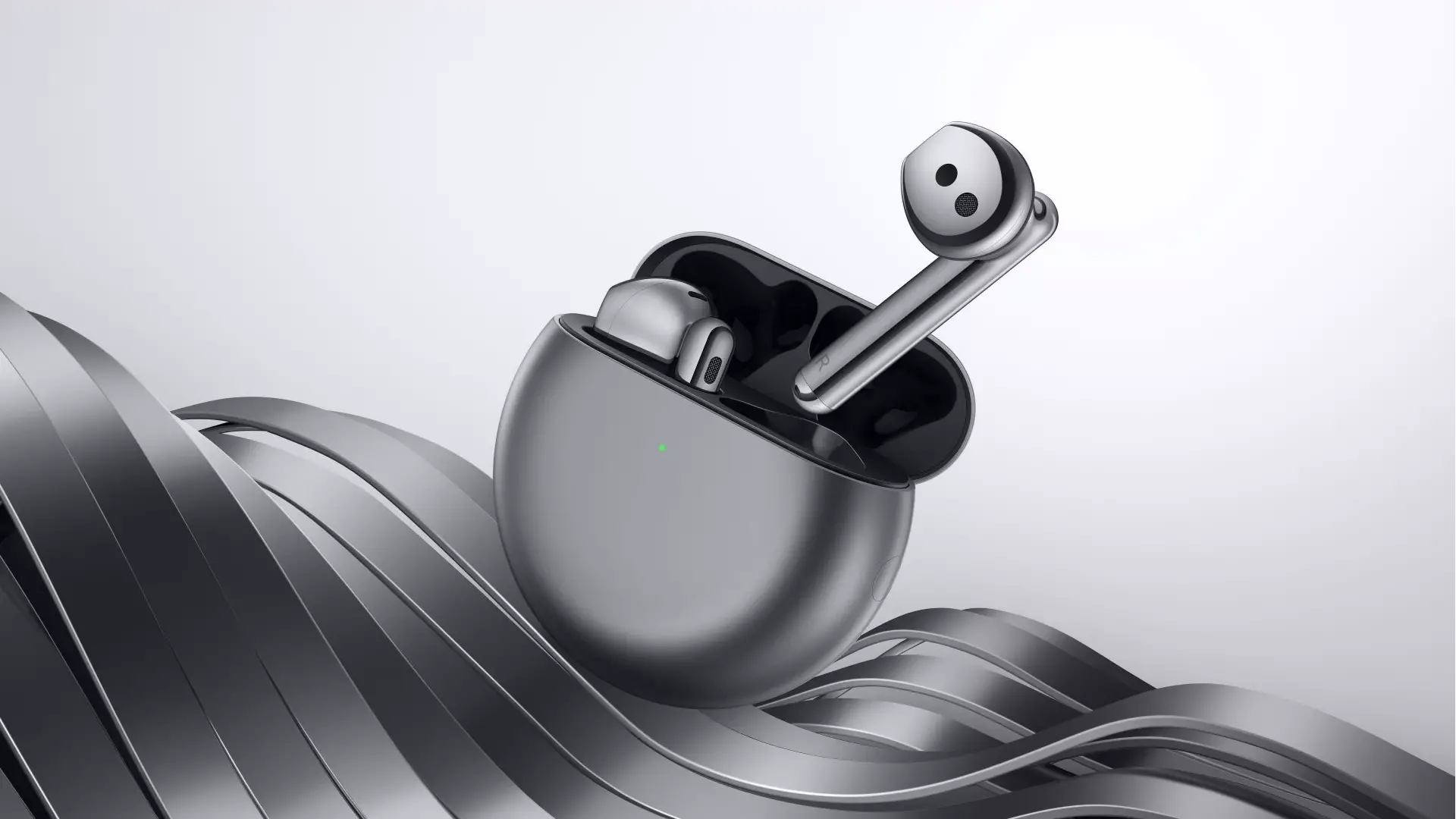 Huawei FreeBuds 4 Review
Huawei FreeBuds 4 Review
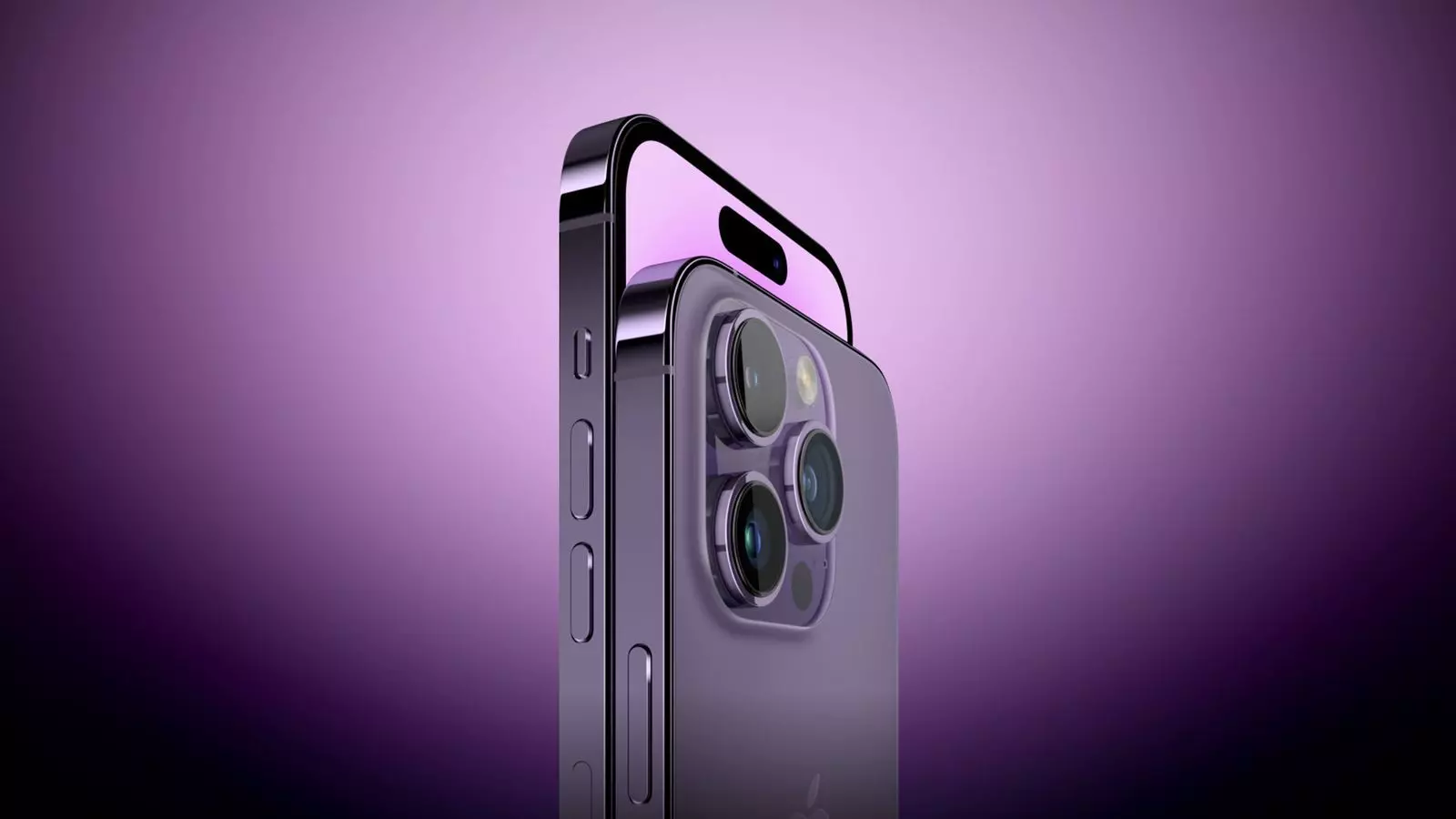 Apple iPhone 14 Pro Max Review
Apple iPhone 14 Pro Max Review

